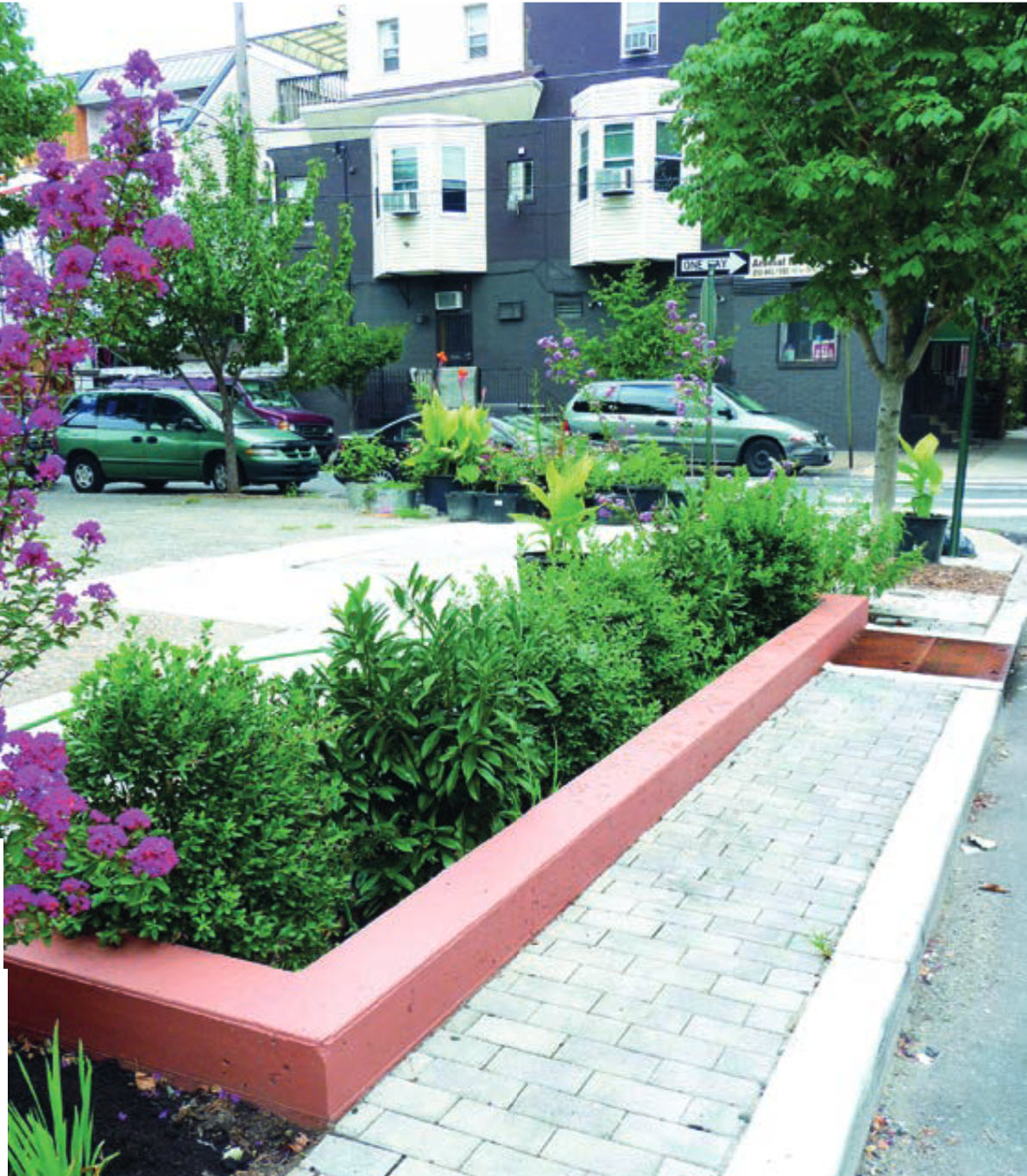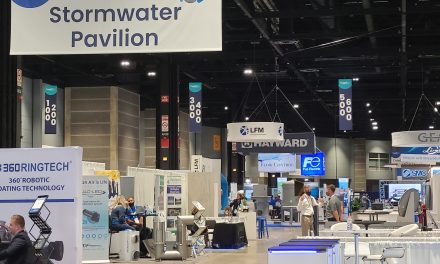Designed to reduce combined sewer overflow, green infrastructure in the city of Philadelphia, Pa., in the U.S., has been proven effective based on monitoring data analyses, according to Dwayne Myers and Andrew Baldridge of CDM Smith and Chris Bergerson, Taylor Heffernan, Varsha Raj, Stephen White, and Elizabeth Mannarino of the Philadelphia Water Department.

PWD has designed a monitoring program to collect many types of environmental data including precipitation, sewer flow, and data on GSI performance.
Many water utilities in the United States (US) are incorporating green stormwater infrastructure (GSI) in combined sewer overflow long-term control plans and integrated wet weather plans. Incorporating GSI has been encouraged and supported by the Environmental Protection Agency, state regulatory agencies, and third-party environmental advocacy groups. As GSI becomes more common as a combined sewer overflow control, more data is becoming available to benchmark the performance of the systems.
Performance criteria for GSI systems are derived from combined sewer system performance and water quality criteria consistent with regulatory compliance objectives. The primary objective of the analyses is to evaluate the performance of GSI systems in a regulatory context relative to their expected performance based on design assumptions. If actual system performance can be shown to meet or exceed performance expected during engineering design, a strong case can be made that GSI is performing its intended function as part of an overall combined sewer overflow control strategy. Multiple analyses can be performed on GSI monitoring data to draw performance conclusions in a regulatory context. One example of how results and conclusions can be reached using a GSI monitoring database is provided by the Philadelphia Water Department.







